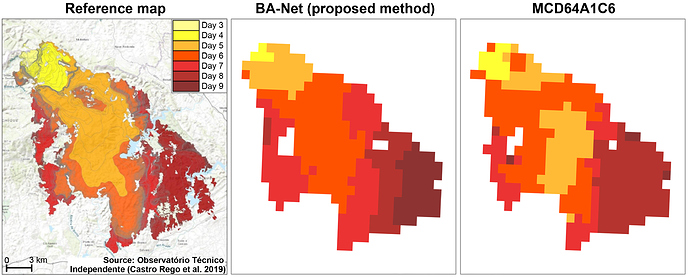I just posted this (Share your work here ✅) but I figured I should also share it here 
Article: https://authors.elsevier.com/a/1aN0a3I9x1YsQn
Code and data: https://github.com/mnpinto/banet
Feel free to ask me more about this work! 
Edit: Updated the sharing link that allows for free access up to 27 February.
